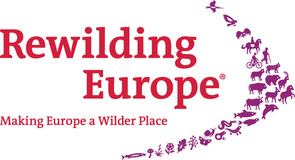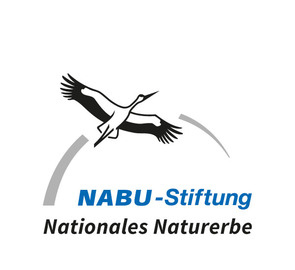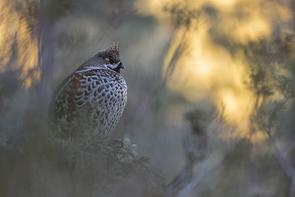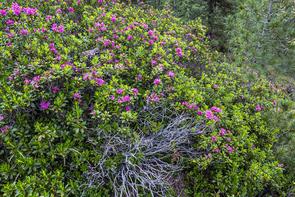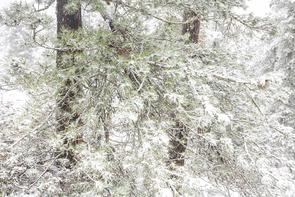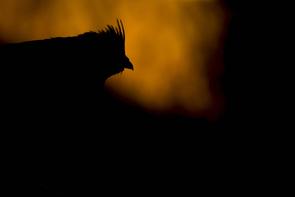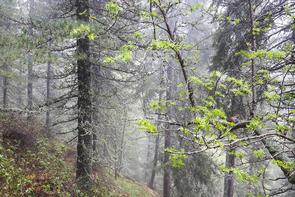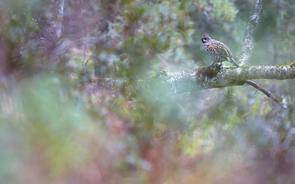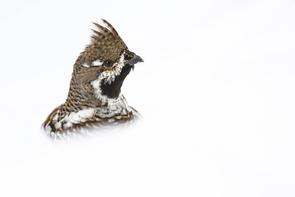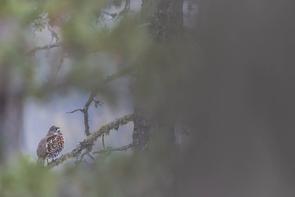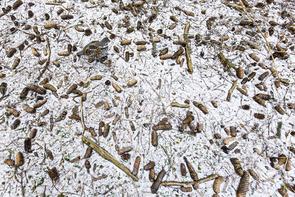Winner: Johannes Wassermann | Italy
Johannes Wassermann (1986): I was born in Brixen / South Tyrol and work there as a furniture restorer. From early on, I have felt attached to nature and wild animals, which can certainly be attributed to family influence. Initially, I was mainly fascinated by bird feathers, which triggered an ongoing collector's passion. For a long time, the feathers played an important part, but gradually locating and watching the animals took over. At the same time, the wish developed to capture my experiences with the camera. In 2010, local animal photography grew to become a real passion. I find it especially exciting to track the animals myself and to watch and explore their behaviour in their habitat, which enables me to understand their lives. A close connection with the animals is as important to me as a well-made photograph, which usually entails a lot of hard work. I love to immerse myself in individual projects, which get my undivided attention for several months or even years. With my photography I would like to make people more sensitive to and aware of the unique beauty of our nature, and also to draw attention to the destruction of vital habitats. I would like to assign the following motto to my photographs: We will only value and protect what we know.
www.facebook.com/johannes.wassermann.3
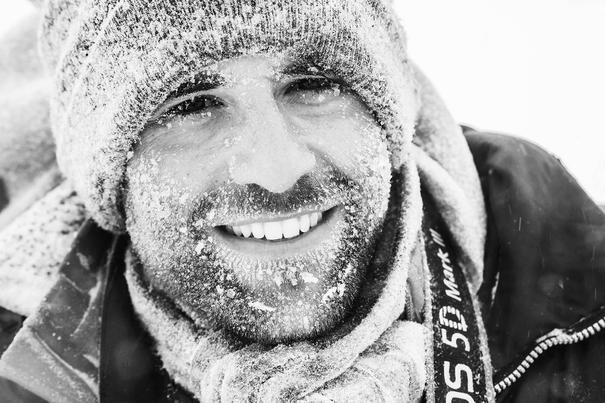
Project: 'My' hazel grouse cock in the mountain forest of South Tyrol
From early on in my childhood I was fascinated by the pigeon-sized hazel grouse and their secretive way of life. As a passionate collector of bird feathers, I spent a lot of time roaming their habitat, the mountain forest, looking for their feathers, and sometimes I would even spot a hazel grouse. These birds are very timid, and so these sightings never took any longer than a couple of seconds, and most of the time, their loud wing beats when they took off was all that gave away their presence. My desire to learn more about the life of these bids grew stronger – especially when I received a very interesting hint from a colleague: Supposedly, there was a hazel grouse cock which showed amazingly little shyness towards people. The following day, I appeared at the respective forest area, searched in vain for a clue of the animal and gave up after ten hours, completely exhausted. A whole two months later, in August 2011, I finally managed to spot him with my own eyes. It was love at first sight, and from that moment to this very day, I never fail to think about him at least once a day. In the beginning, the bird was quite cautious and hesitant, but the more time I spent near him, the more relaxed and trusting did he grow. I learned how to distinguish his singing from that of other hazel grouse in the vicinity, which was very helpful in tracking down 'my' bird. When he answered my call, – if he pleased to do so – we set out side by side on a tour of his territory of several hectares, 1 800 metres above sea level. Usually, profound knowledge of his behaviour, of the entire area and his favourite spots as well as my persistence were key to success in finding the bird. Overall, I went out looking for him roughly a hundred times, and only on fewer than twenty occasions I had no luck at all. During snowfall, he was extremely difficult to find, and it took until April 2017 before I managed to capture my most wanted and dreamt about image: the hazel grouse cock embedded in his "iced" habitat.
To avoid unnecessary disruptions, I cut down my presence in his territory from mid-June, the time when alpine roses come into flower. After this period, the hazel grouse chicks hatch, and 'my' bird did as all the others did and joined his family group. For this reason, he vanished completely, and the beginning of moulting also reduced his activities. A hawk regularly appeared, and I was constantly worried that my little friend (I called him 'Gustl') was about to fall victim to his arch enemy. On two occasions, I noticed a stress moult, a hint that he actually had been attacked. It is our luck that this magnificent mountain forest is home to a large number of nutcrackers whose warning calls warn all potential prey of imminent danger and thus have probably saved my bird's life on more than one occasion.
As he grew older (research indicated that he had been spotted as early as 2009), his interest in territorial claims diminished. Now, he rarely responded to my calls, and in October 2017, I was honoured with his presence for the last time. I always considered it a great gift to be allowed to spend so much of my time with this animal. I knew that this bird and his behaviour were exceptional, and for more than six years I focused my photographic work on this project, which provided me with a lot of challenges despite 'Gustl' being so trustful. But it was my greatest wish to capture these incredible moments in artistic and aesthetic images. To protect this lovely bird, I placed great importance on keeping his location secret. Only my closest friends were allowed to meet 'Gustl' personally.
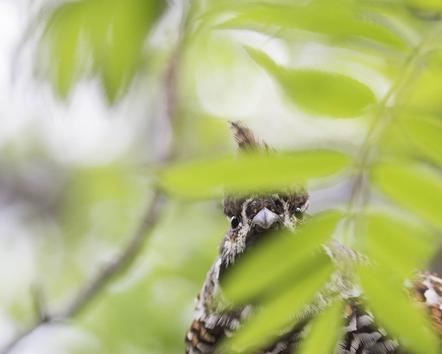
Picture 01:
Like other deciduous trees, rowan trees are an indispensable food source for hazel grouse. In winter, they feed mainly on the buds; in spring, the young shoots and leaves form a large part of their diet.
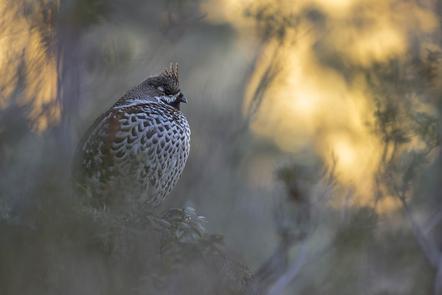
Picture 06:
Stretched out on the ground, I took photographs through small openings in a thicket of alpine roses. Young shoots and leaves as well as withered grass from the previous year make up a colourful foreground.
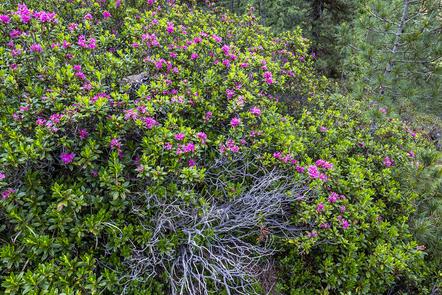
Picture 12:
The low sun in late autumn makes the male bird’s resting place a patchwork of light and shadow.
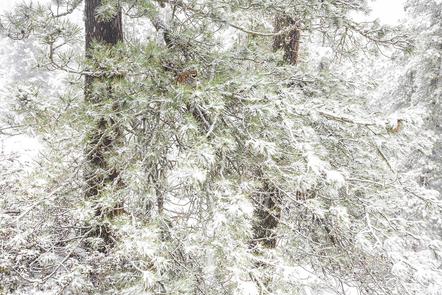
Picture 2:
Magic silence. At the end of April, a cold front moves across the mountains, transforming the forest of Arolla pine into a white winter wonderland. Barely visible, the male hazel grouse blends in with his surroundings.
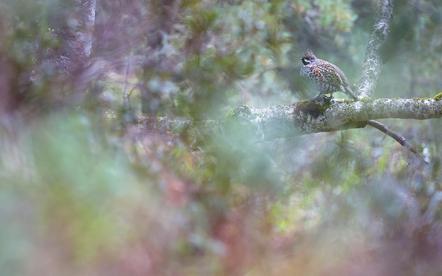
Picture 3:
Stretched out on the ground, I took photographs through small openings in a thicket of alpine roses. Young shoots and leaves as well as withered grass from the previous year make up a colourful foreground.
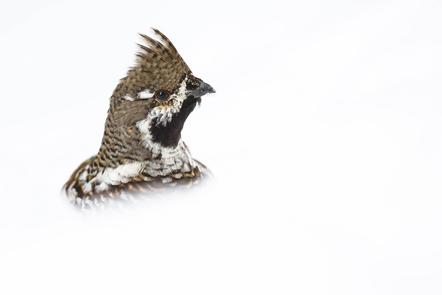
Picture 4:
Between piles of snow – Less is more.
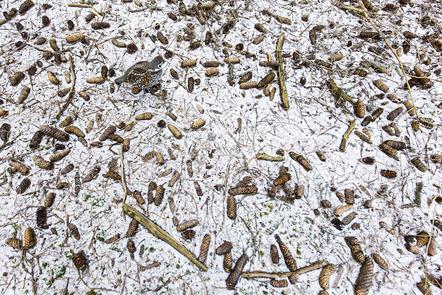
Picture 5:
Camouflage – Finally, the first snow arrived in early January in the rather snowless winter of 2017.
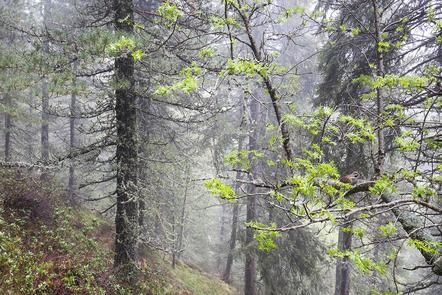
Picture 10:
Unfortunately, in 2017, I recorded a loss of eggs. As a consequence, I was given the eagerly awaited opportunity to photograph the male hazel grouse when the alpine roses flowered.
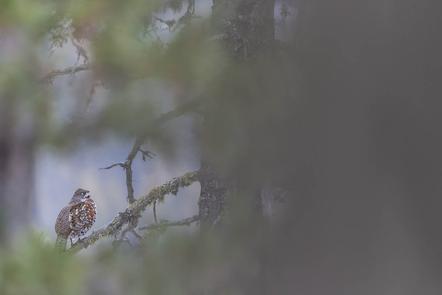
Picture 7:
Proud and confident, the hazel grouse cock defends his territory.
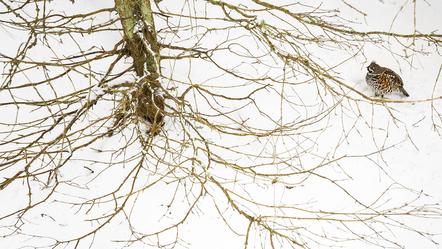
Picture 9:
Usually, the snow is followed by heavy wind, which quickly litters the fresh snow with plenty of pine needles putting a real challenge to photography. Positioning myself in the iced-up course of a stream, I finally succeeded in capturing the male on a background of clean fresh snow.
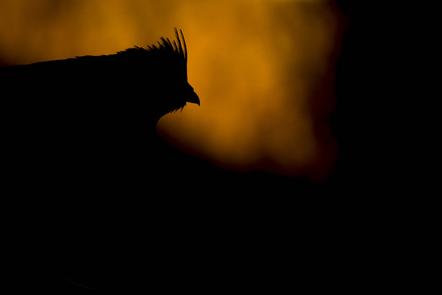
Picture 8:
For many months, my little friend used a very dense growth of young pines as his winter quarters. Creating good photographs seemed impossible there, but right in the middle of a thicket, I finally managed this shot.


